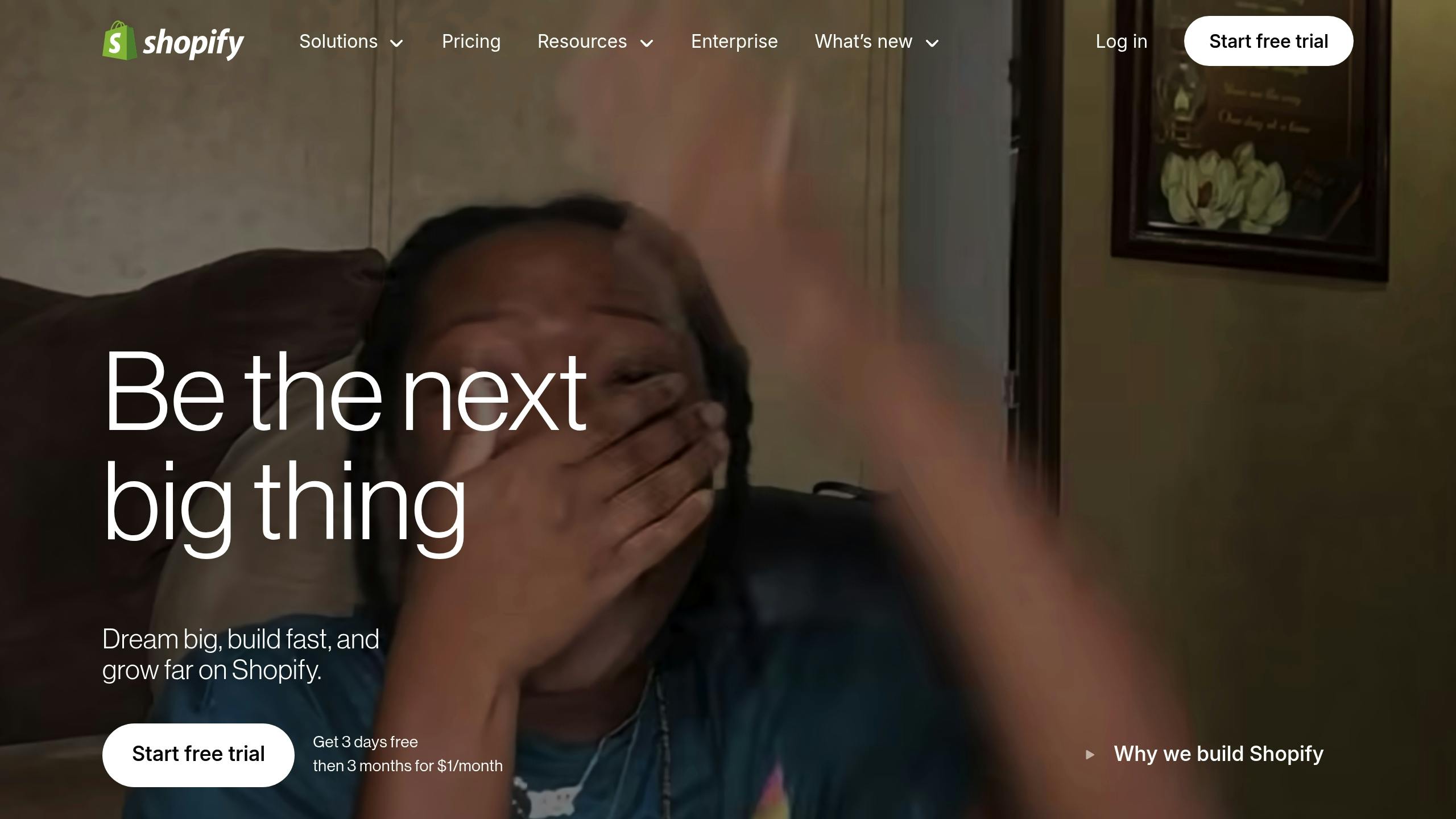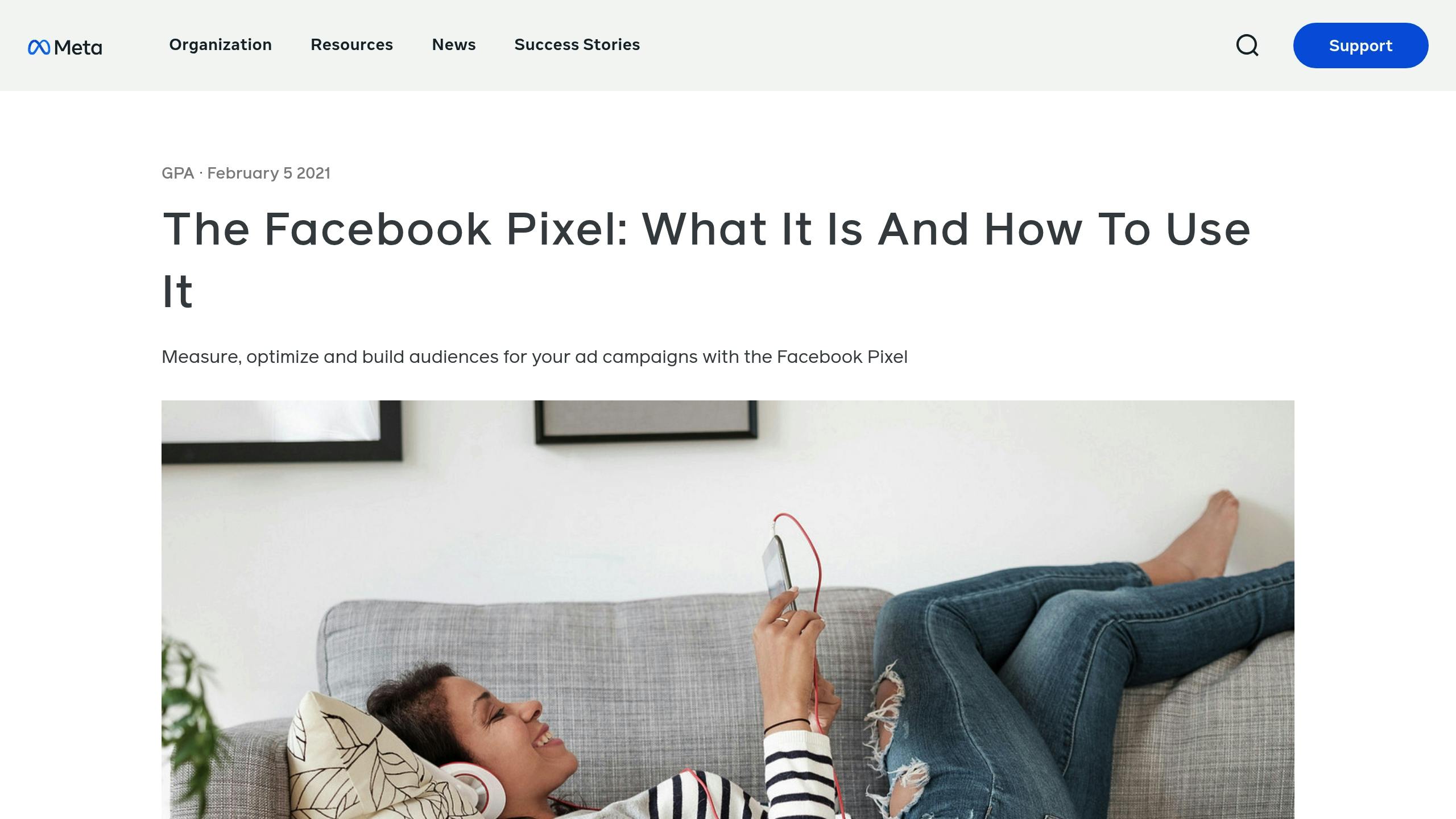If you're running a Shopify store and want to reach more people like your best customers, lookalike audiences can make a big difference. These audiences use your existing customer data to help platforms like Facebook and Google find new shoppers who behave in similar ways—making your ads more efficient and effective. In this guide, we'll walk through how to set up lookalike audiences, which platforms offer the best tools, and how to get the most out of your campaigns without wasting ad spend.
Key Benefits:
- Save money: Focus on users more likely to buy.
- Better ads: Show ads to people who care about your products.
- Scalable growth: Improve results as your data grows.
- Track performance: Use clear metrics to adjust campaigns.
Quick Setup Overview:
- Install Facebook Pixel: Track key events like purchases and add-to-cart actions.
- Pick a Source Audience: Use high-value customers or repeat buyers.
- Create Lookalike Audiences: Set audience size (1%-10%) and test different groups.
- Optimize Campaigns: Use A/B testing, analyze performance, and refine targeting.
Platforms like Facebook, Google, TikTok, and Pinterest offer tools to create lookalike audiences based on your Shopify data. Start with a small audience, test what works, and scale up for better results.
Quick Comparison of Ad Platforms:
| Platform | Lookalike Feature |
|---|---|
| Facebook Ads | Advanced targeting with Facebook Pixel integration. |
| Google Ads | Similar audiences based on search and browsing data. |
| TikTok Ads | Custom audiences from user engagement behaviors. |
| Pinterest Ads | Actalike audiences built around visual interactions. |
Ready to grow? Follow these steps to set up lookalike audiences, optimize performance, and scale your Shopify campaigns!
Setup Guide for Shopify Stores

Setting up lookalike audiences for your Shopify store involves a mix of technical steps and strategic choices. Here’s how to get started.
Facebook Pixel Setup Steps

The Facebook Pixel is a must-have for building accurate lookalike audiences. Here’s what you need to do:
- Install the Pixel: Add the basic pixel code to your Shopify store and enable advanced matching. If you’re unsure, work with Shopify experts like UltraLabs to ensure everything is integrated correctly.
- Configure Events: Track essential events like ViewContent, AddToCart, InitiateCheckout, and Purchase to gather meaningful data.
- Verify Data: Use the Facebook Pixel Helper tool to check for issues like missing purchase values, duplicate events, or incorrect currency settings.
Choosing a Source Audience
Pick a high-quality source audience for the best results. Focus on groups like repeat customers, high-value purchasers, email subscribers, or highly engaged site visitors. The better your source audience, the more accurate Facebook’s modeling will be.
Facebook Ads Setup Process
Once your pixel is installed and your source audience is ready, it’s time to configure your Facebook Ads:
- Build a Custom Audience: Use your chosen segment to create a custom audience that will act as the base for your lookalike audience.
- Set Lookalike Parameters: Define the audience size (1%–10% of the target country is common), choose geographic locations, and set exclusion rules to avoid overlapping with existing customers.
- Organize Campaigns: Test different lookalike audience sizes, use consistent creatives, and adjust budgets based on performance and audience size.
This step-by-step approach will help you set up your Shopify store for effective lookalike audience targeting.
Performance Optimization Tips
Audience Testing for Better Results
Start with your chosen audience, then break down your customer data into groups based on purchase behavior, demographics, and engagement levels. Run A/B tests on these segments to pinpoint the groups that deliver the best results for creating lookalike audiences.
sbb-itb-ef7f41b
Pro-Level Tactics
Customer Value Targeting
Use customer lifetime value (CLV) data to zero in on users who resemble your most profitable customers. To build a strong audience, focus on metrics like purchase frequency, average order value, and lifetime spend. This strategy highlights high-value customer segments, letting you create lookalike audiences that are more likely to convert. For campaigns targeting global markets, adjust your approach to suit regional preferences and behaviors for better results.
International Audience Targeting
When expanding globally, it's crucial to understand the unique characteristics of each market. Start by examining the behavior of your international customers to pinpoint markets with similar shopping habits and preferences. Craft ad sets tailored to each region by incorporating local currency, preferred payment options, region-specific visuals, and localized messaging. Begin testing in markets that closely align with your domestic audience before scaling your efforts to a broader international scope.
Results and Growth
Key Performance Metrics
Keep an eye on metrics like customer acquisition and engagement to ensure you're getting the most out of your investment. These numbers can help you fine-tune and gradually expand your campaigns for better results.
Campaign Scaling Methods
Expand your campaigns by increasing ad spend step by step and experimenting with different audience groups. This approach helps you find the most effective audiences. If you're unsure, reaching out to e-commerce specialists can provide valuable insights.
Problem Prevention Guide
Stay ahead of potential issues by keeping customer data up to date and refreshing your creative materials. This helps avoid problems like overlapping audiences or declining engagement. Regularly review your audience segments and ad content to keep your campaigns running smoothly.
Concluding Thoughts
Lookalike audiences give Shopify store owners a smart way to scale without guesswork. By using real customer data, you can reach people who are far more likely to be interested in your products—saving time, budget, and stress. Start with a solid source audience, keep an eye on performance metrics like ROAS and acquisition cost, and don’t be afraid to test different audience sizes and markets. The stronger your data, the better your results. If you're aiming for more consistent growth, building a structured strategy around lookalike targeting is one of the most reliable ways to get there.
